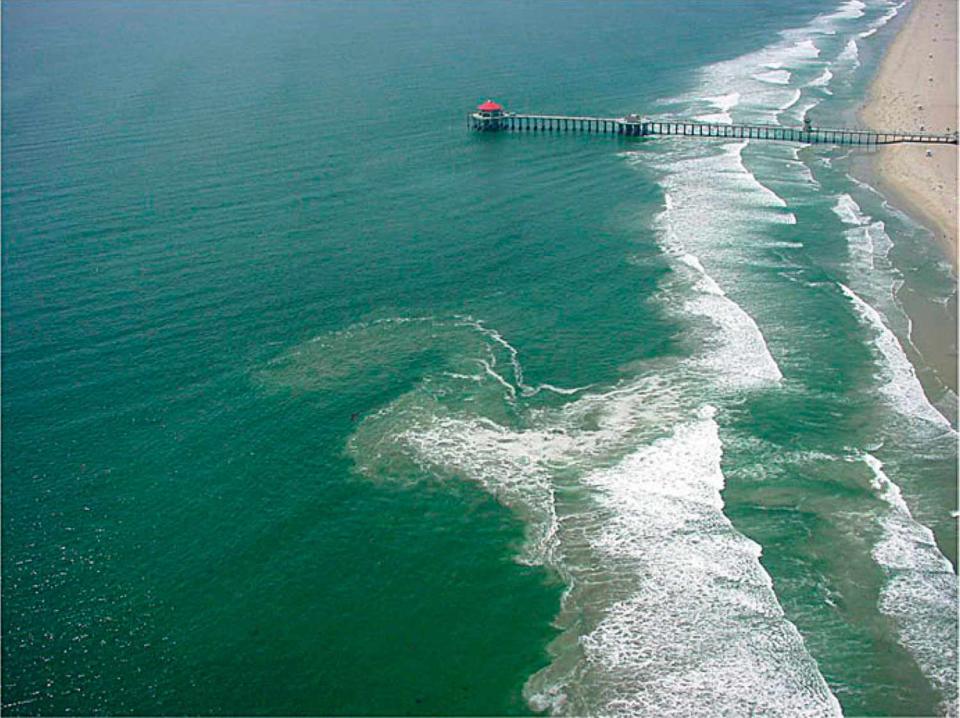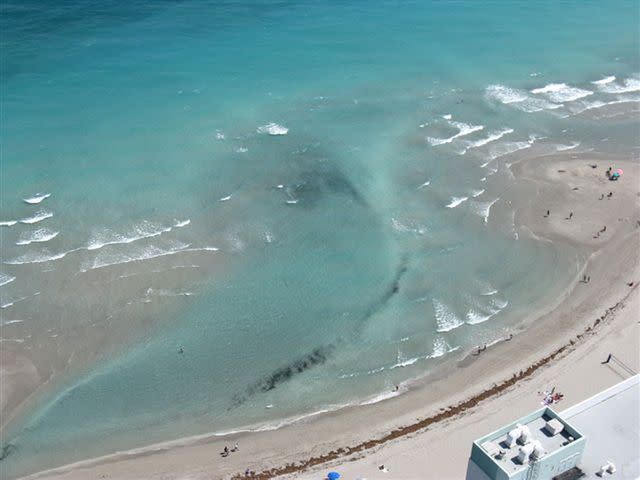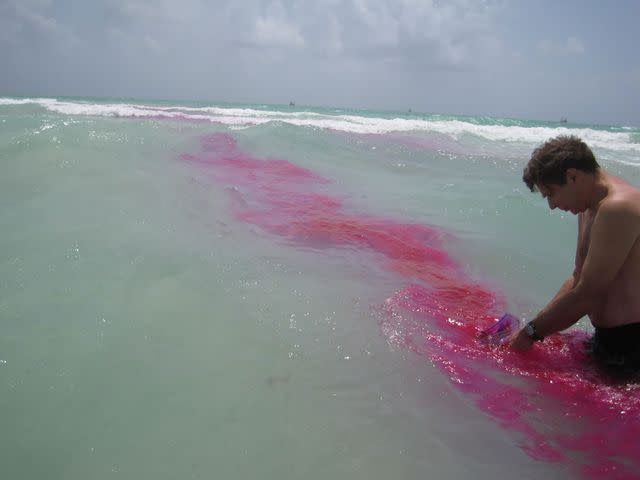Rip Currents Have Killed 65 This Year — What Experts and Victims' Parents Say Beachgoers Should Know
People are afraid of sharks, but rip currents are the real danger at the beach, expert Stephen Leatherman tells PEOPLE

Huntington Beach Lifeguards
On April 6, 16-year-old Bryce Brooks was tossing a football with friends on a Florida beach when he saw four kids he didn’t know caught in a rip current. He died while saving them, as did family friend Charles “Chuck” Johnson II.
“We tragically lost both of them,” Bryce’s mother, Crystal Brooks, tells PEOPLE. “It's just been tragic. It has just been completely, completely tragic.”
There have been 65 deaths due to rip currents so far in 2023, according to the National Weather Service’s data. But the year isn’t over yet, cautions rip current expert Stephen Leatherman.
"Most people are afraid of sharks," says Leatherman, a professor in the Department of Earth and Environment at Florida International University in Miami. "But the dangerous thing at the beach is a rip current."
On average, about 100 people die each year in the United States because of rip currents, although the number may actually be much higher, as the cause of death for many who are rushed to a hospital from is listed as “heart attack," says Leatherman.
Additionally, there is no count for the number of people who have what’s known as “non-fatal drowning,” where they survive but are permanently brain damaged.
“There’s no such thing as a safe day at the beach,” says Tom Gill, the vice president of the United States Lifesaving Association, a non-profit association of beach lifeguards and open water rescuers. “Anything could happen.”

courtesy Crystal Brooks
Bryce BrooksFollowing the death of their son, Brooks' parents, both former lifeguards, established The Bryce Brooks Foundation, a non-profit focusing on water safety and preventing drowning. The goal is to teach swim lessons and provide scholarships for high school students to become certified lifeguards.
Never miss a story — sign up for PEOPLE's free daily newsletter to stay up-to-date on the best of what PEOPLE has to offer, from celebrity news to compelling human interest stories.
"People don’t know the dangers. Kids see water, and they’re like, ‘Oh, fun!’" says Crystal Brooks, a registered nurse and healthcare IT specialist. "They don’t understand what’s happening under the surface."
Now these experts are sharing tips beachgoers should know:
Swim in front of a lifeguard

Courtesy Stephen Leatherman
Many people like to swim in a secluded, out-of-the-way spot. But you are far safer if you swim in front of a lifeguard.
“Your chance of drowning is very, very low. It's infinitesimally small,” Leatherman says. “That’s how effective they are.”
Lifeguards pull about 60,000 to 80,000 people out of the water every year, and about 80% are rip current-related, according to the United States Lifesaving Association, which also offers a rip current safety tool kit.
Lifeguards watch the water every day, Gill says, noting they train and prepare for emergencies.
Check the weather and look for the flags when you get to the beach

courtesy Stephen Leatherman
The National Weather Service officers have a current report. Check it before heading down to the beach, urges Bryce's mom.
And when you hit the sand, make sure to check the flags on the beach. If you see a red flag or a double red flag, don’t go in the water.
“Red flag means stay out of the water, not safe. It's like a red light,” Leatherman says.
Even if it doesn’t look that bad to you or you don’t want to waste a day of your vacation. "Stay out," Leatherman shares. "Go to the pool. Go play putt-putt or bumper cars. Buy an ice cream cone….pick up some sea shells."
After all, you can always try going to the beach the next day. "Rip currents don’t last that long," he says.
Never miss a story — sign up for PEOPLE's free daily newsletter to stay up-to-date on the best of what PEOPLE has to offer, from celebrity news to compelling human interest stories.
If you are caught in a rip current, don’t fight it

courtesy Stephen Leatherman
If you can float, you can survive a rip current, says Gill.
"A rip current’s not going to kill you unless you fight it — or you have zero ability to swim," adds Gill. "If you can float, you can survive a rip current. It’s just going to pull you out. It’s not going to pull you under."
If you do find yourself caught in the current, stay on your back, float and call for help.
"What we see typically is people are not screaming, yelling for help. They're fighting for their lives," Gill says. "Their chin's barely above the water, their arms are not coming out in the classic Baywatch rescue me type of thing. It's a silent killer.”
“If you try to swim against it, you’re going to lose,” Gill explains. “Let the current take you.”
Although it may be difficult in the moment, he urges people to stay calm and not panic. “When people panic, they start to fight, and then that’s when people go under,” Gill says.
Swim parallel to the shoreline

CPL WADE BOAN/BAY COUNTY SHERIFF'S OFFICE
If you are a good swimmer, you can swim out of a rip current.
Rip currents are actually narrow, Leatherman says, adding that they’re usually just about 10 to 20 feet in width. As the current drags you out, don’t try to swim toward shore. If you swim parallel with the shore it will be easier to get out of the current.
"Then you won't be pulled, and you can swim back," Leatherman adds. "If you get caught up in a rip current, don't panic. Just swim sideways. Swim along the shore, and you'll swim out of the rip current. Anytime you can't touch the bottom, and you're not a good swimmer, or you panic and start fighting the rip, that's when you drown."
For more People news, make sure to sign up for our newsletter!
Read the original article on People.


